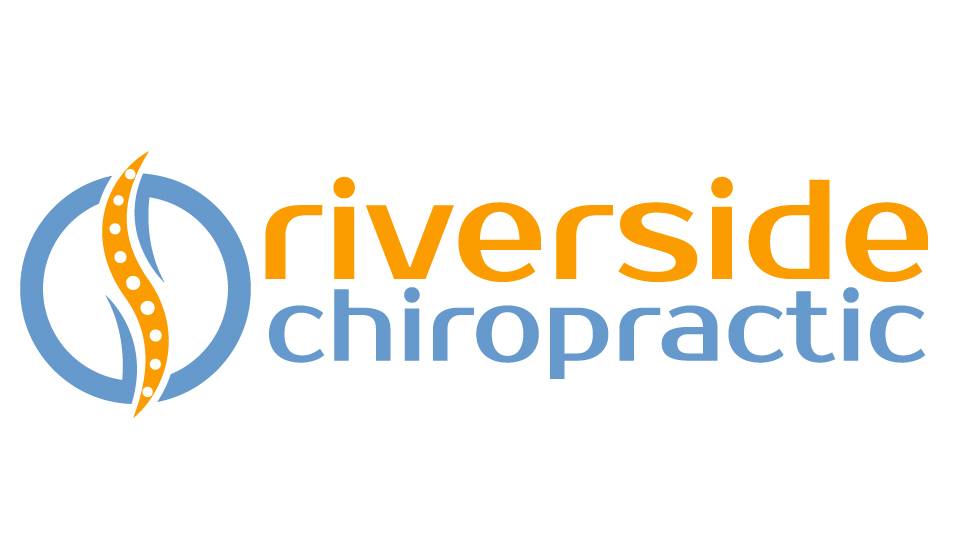Beat Back Pain at Your Standing Desk
/If you've invested in a standing desk but find yourself avoiding it because of back pain, you're not alone. Many people abandon their standing workstations within weeks, discouraged by the discomfort that seems to come with prolonged standing. The good news? There's a simple, free solution that can transform your standing desk experience.
The Problem with Traditional Standing
When we stand for extended periods at a desk, our bodies often fall into problematic patterns. We tend to lock our knees, shift weight unevenly, or lean heavily on the desk surface. These compensatory behaviors create muscle tension and joint stress that manifests as lower back pain, hip discomfort, and leg fatigue.
The anticipation of this pain becomes a psychological barrier. When you know standing at your desk will hurt, it's natural to avoid using it altogether – defeating the purpose of your investment in ergonomic wellness.
The One-Chair Solution
Here's a game-changing technique that requires nothing more than the chair you already have:
Place one knee on your chair, positioning the chair underneath your desk so it doesn't interfere with your ability to get close to your computer.
This simple adjustment creates what we call a "modified standing position" that offers several biomechanical advantages:
Why This Works
Weight Distribution: By placing one knee on the chair, you're redistributing your body weight between your standing leg and the supported leg, reducing the load on your spine.
Pelvic Stability: This position naturally maintains a more neutral pelvic alignment, preventing the excessive arching or flattening of your lower back that often occurs with prolonged standing.
Muscle Variation: Your supporting muscles alternate their workload, preventing the fatigue that comes from sustained static positioning.
Natural Movement: It becomes easier to shift positions periodically, promoting the micro-movements that keep your spine healthy.
Critical Mistakes to Avoid
While using this technique, be mindful of these common errors that can negate its benefits:
Don't lean on your desk: Resist the urge to put your weight on your forearms or elbows on the desk surface. This creates forward head posture and rounds your shoulders, leading to neck and upper back tension.
Avoid the "hip pop": Don't shift all your weight to one leg and push your hip out to the side. This creates uneven loading on your spine and can lead to hip and lower back problems.
Making It Work for You
Alternate legs: Switch which knee is on the chair every 15-30 minutes to ensure balanced muscle engagement.
Chair height matters: Adjust your chair so your knee rests comfortably without forcing your hip too high or too low.
Stay mobile: Even with this support, continue to shift your weight and move periodically throughout the day.
Listen to your body: This technique should feel relieving, not straining. If you experience discomfort, reassess your positioning.
The Bigger Picture
This simple hack addresses one of the most common barriers to using standing desks effectively. However, remember that the goal isn't to stand all day – it's to reduce prolonged sitting. The ideal approach involves alternating between sitting, standing, and moving throughout your workday.
Your spine thrives on variety and movement. By making standing more comfortable and sustainable, you're more likely to incorporate this healthy habit into your daily routine.
Take Action Today
Don't let back pain keep you from the benefits of your standing desk. Try this one-chair technique during your next work session and notice the difference. Your spine will thank you for the improved mechanics, and you might finally start getting the value from that standing desk investment.
If you try this and are still suffering from back pain, please make a booking and we will help you out.


